
There are a number of resources available for monitoring field crop diseases here in Indiana.

There are a number of resources available for monitoring field crop diseases here in Indiana.

Soybean development in 2024 has been about 10 days ahead the 5-year average from flowering to pod development to leaf drop (USDA-NASS, 2024). Fast stand establishment and high accumulation of heat units (GDDs) during May and June certainly set the pace. Now in many areas, harvest is fully in gear based on the combinations of early maturities, early plantings, and late season heat and dryness. Timely planting is foundational for maximizing soybean production. Growing up in the Midwest, the mindset was to plant corn first followed by soybean (as long as it was planted by Memorial Day you were “fine”). That sentiment has changed based agronomic research, Extension recommendations, and farmers’ experience. Indiana planting of soybean shifted dramatically in 2018 to within ~4 days of corn planting where it had averaged 14 days behind corn the previous ten years. In fact, Indiana farmers continue to place high priority on soybean[Read More…]
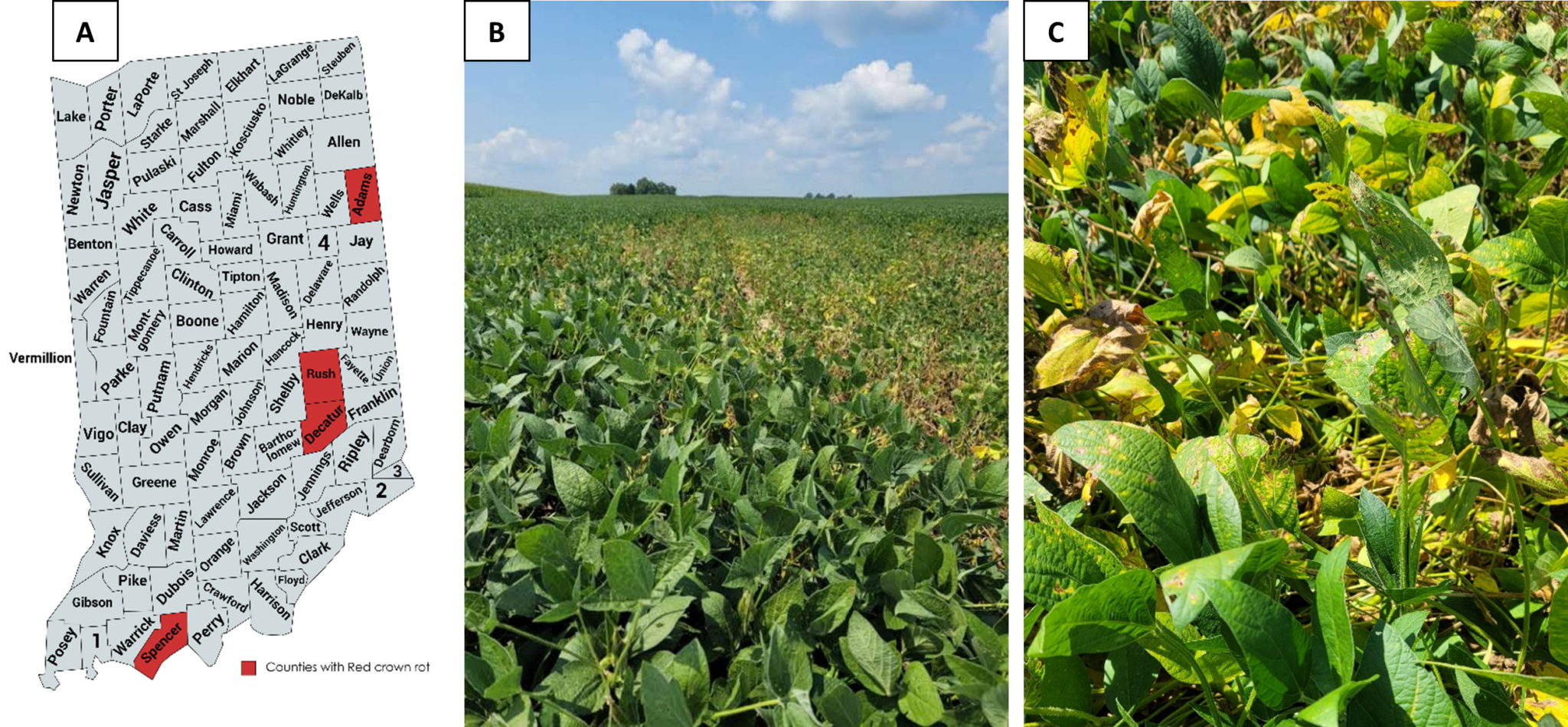
Red crown rot of soybean has become a new concern this season in Indiana after a few localized occurrences have been found in previous years (see map, Figure 1A). We also have our first reports for 2024. This disease is caused by the soilborne fungus, Calonectria ilicicola. At this point in the field season, we are on the hunt to determine how widespread the issue may be here in Indiana. Therefore, we need your help in documenting red crown rot and collecting samples. What to look for: The disease may appear in patches in a field similar to our other soilborne diseases such as sudden death syndrome (SDS) and brown stem rot (Figure 1B). Early foliar symptoms may also mimic these diseases, which include chlorosis (yellowing) and necrosis of leaf tissue between leaf veins (Figure 1C). Therefore, it is important to take a few plant samples and check out the[Read More…]
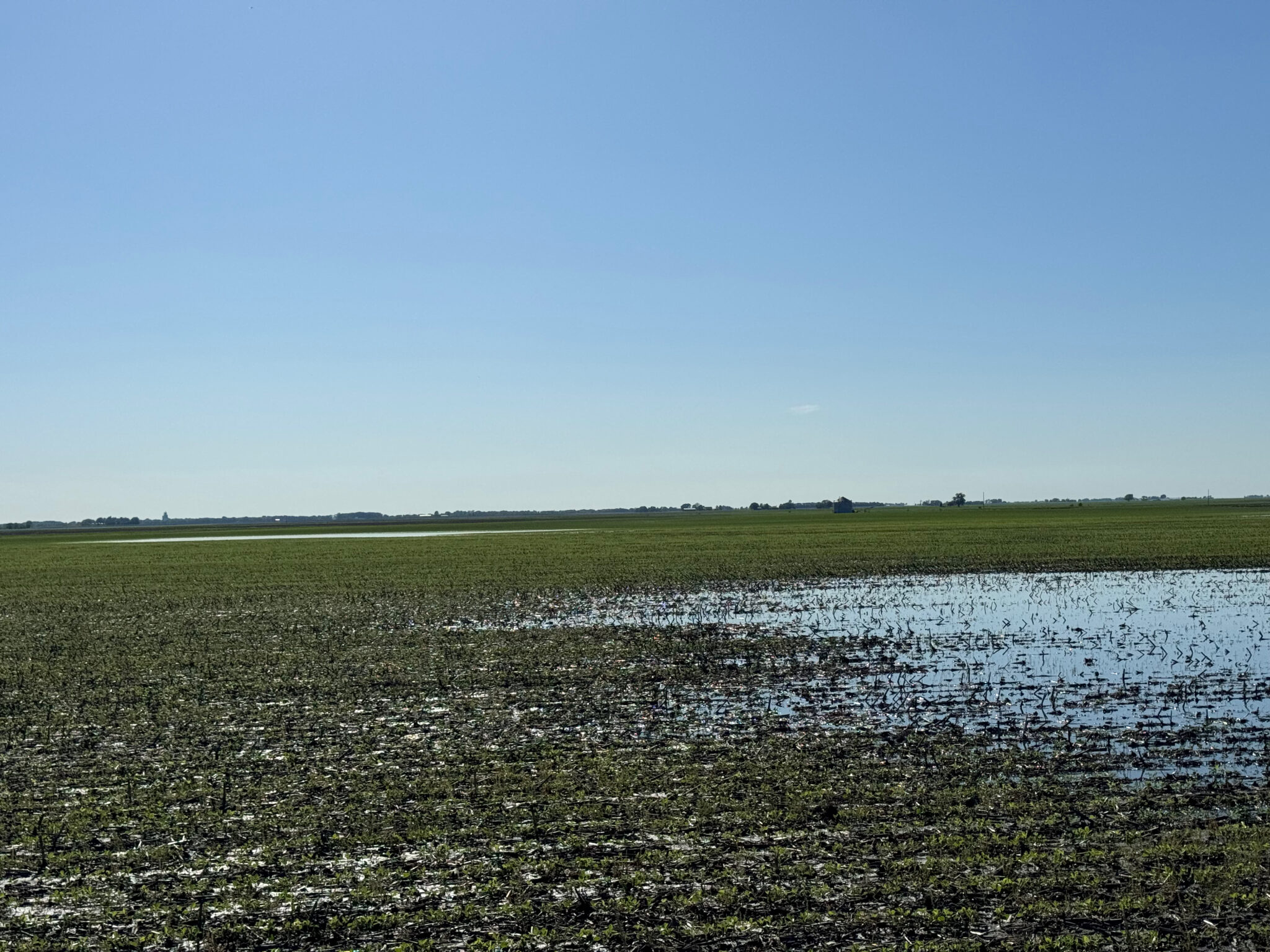
Rains have left many fields with standing water and the threat of more rain on the way. In a manner of a few miles, one field received one inch of rain and another field has received 3 inches of rain or more.
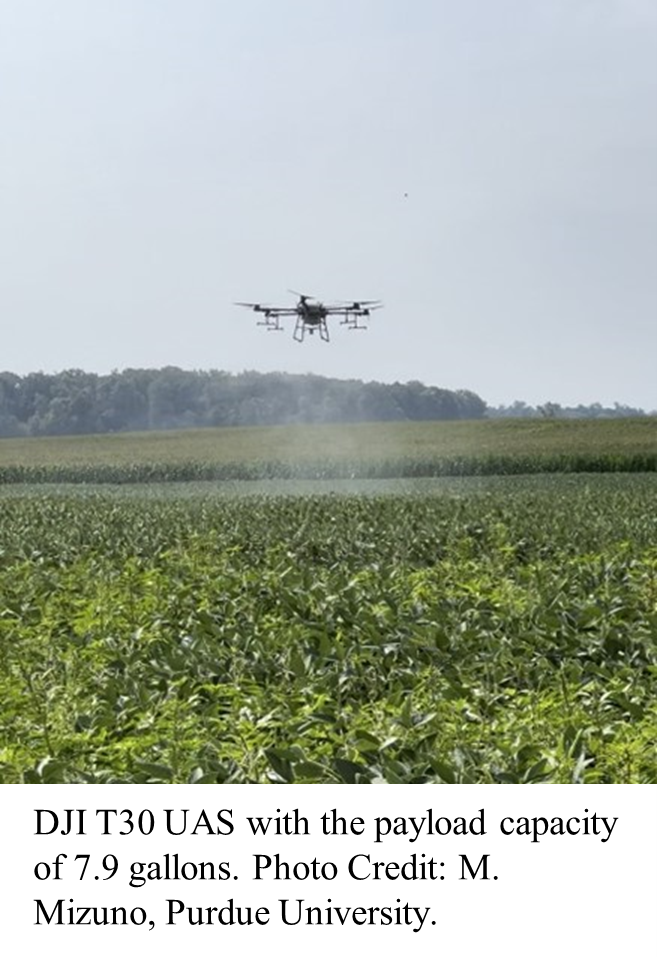
Aerial drone application technology has recently become available and may address limitations by providing greater agility to monitor and apply under conditions where obstacles and poor field conditions limit current pesticide application equipment.
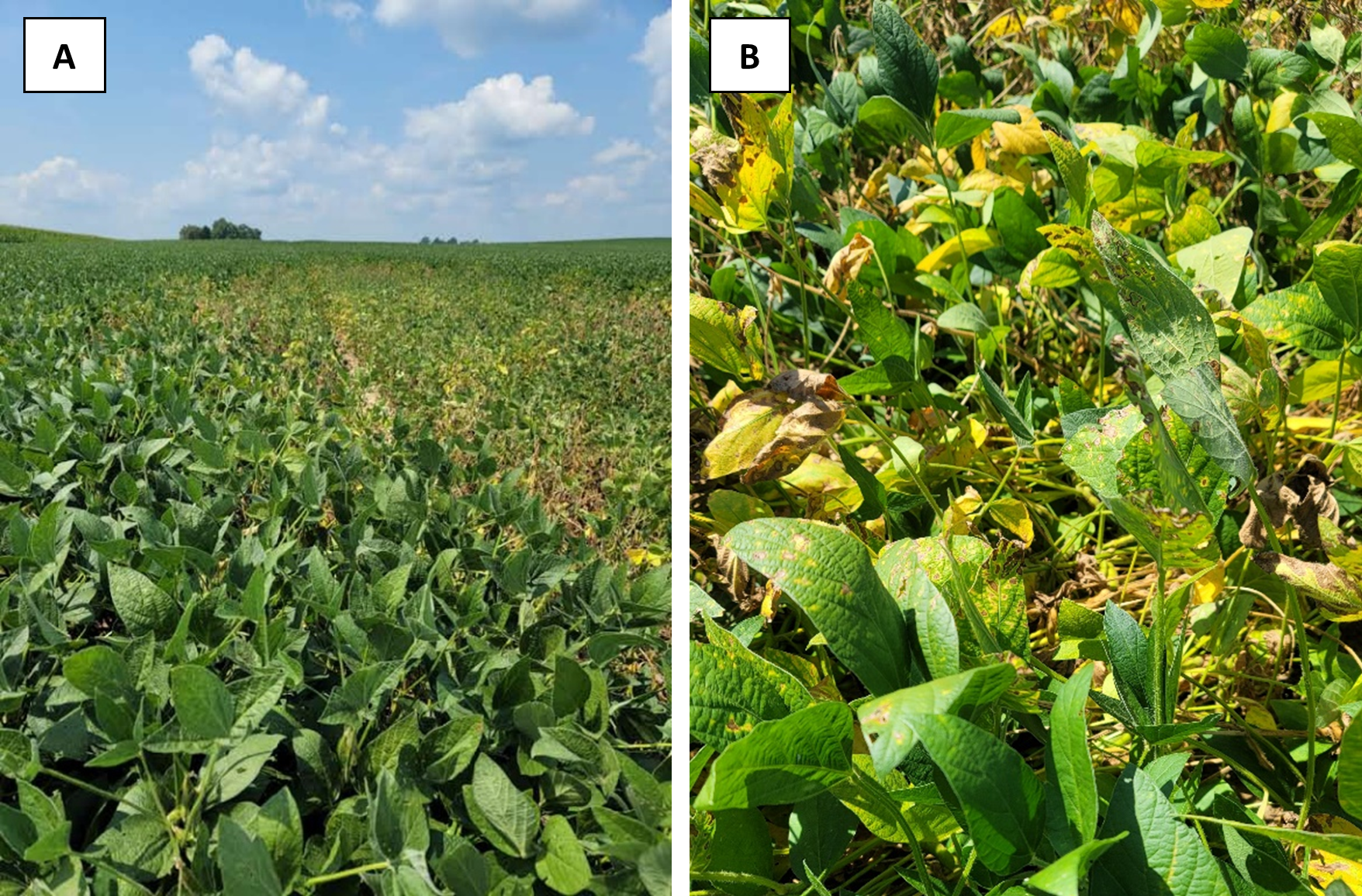
Red crown rot of soybean has become a new concern this season in Indiana after a few localized occurrences have been found this year.

Indiana planting pace in 2023 was one of the fastest on record, which lined up with drought years as well as yield-breaking years. For most of our fields, soybean development in the month of June was summarized in one word – stagnant. Well, at least the aboveground growth seemed to stall out with the dry conditions. Fortunately, these soybeans were rooting down deep rather than expending energy into aboveground growth. If we have our choice of dry June or dry August, we will choose a dry June every time (assuming the roots have some access to moisture). The combination of timely planted soybean with good stand establishment and a dry June sets us up for a nice compact plant. We would rather have a compact plant that has good trifoliate node development and reproductive branches so the water use and photosynthetic efficiencies are optimized during pod development (July-August) and seed[Read More…]
Insecticide recommendations for controlling in-season infestations have been updated for corn, soybean and alfalfa.

Indiana soybean planting in 2023 is following the same track as 1988 and 2018, which could be devastating or bin busting! As you may or may not recall, 1988 was one of the worst droughts we have experienced. Indiana soybeans yielded 27.5 bu/ac, which was 11.5 bu less (30% reduction) than the trend yield (39 bu/ac). The only year with a faster pace was another drought year—2012. Late season rains saved the 2012 crop and Indiana yielded 44.0 bu/ac (5.8 bu below yield trend, ~12% reduction). Soybeans were planted at a fast pace in 1991 due to dry and drought conditions, but the yields were nearly unaffected (3% less than trend). Indiana has had six years that soybean planting progress was substantially faster than the five-year average (Figure 1). Three of those years were drought years (1988, 1991, 2012) while the other years (2018, 2020, 2021) were yield-breaking[Read More…]
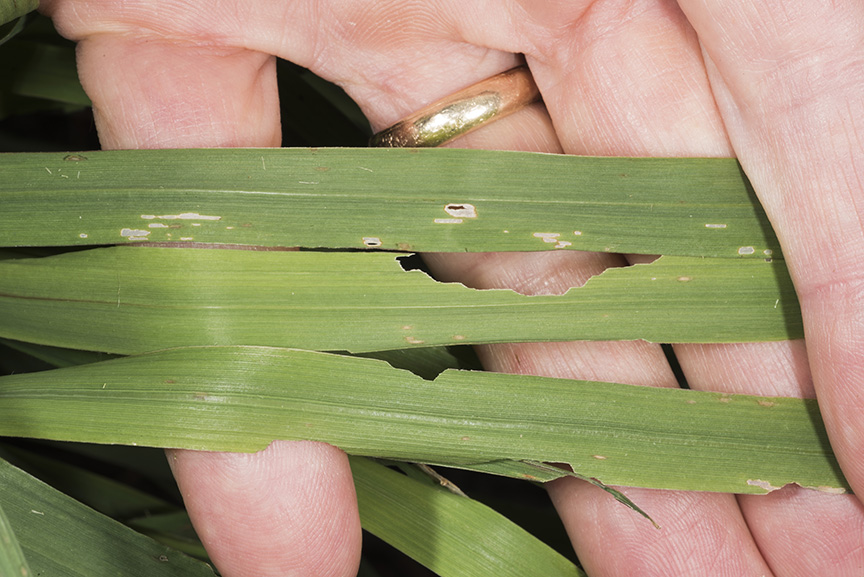
Armyworm moth captures have varied throughout the state for the last eight weeks (see “Armyworm Pheromone Trap Report”).
© 2025 Purdue University | An equal access/equal opportunity university | Copyright Complaints | Maintained by Pest&Crop newsletter
If you have trouble accessing this page because of a disability, please contact Pest&Crop newsletter at luck@purdue.edu.